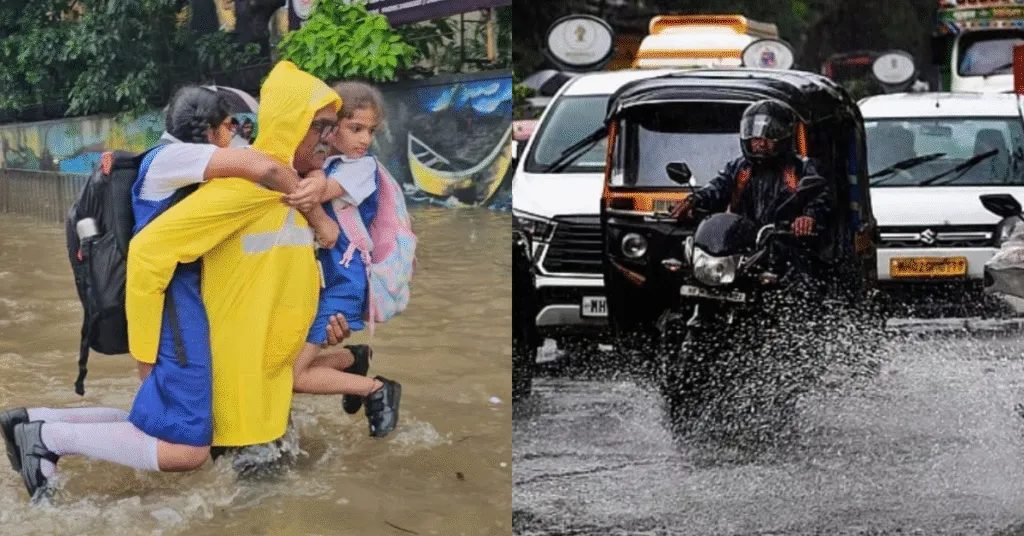Severe Rainfall Alert: Mumbai’s Flood Fears and the Forces Driving It
Mumbai, India’s financial capital, is currently grappling with unprecedented rainfall, prompting a severe rainfall alert from the India Meteorological Department (IMD). From August 15 to 19, 2025, the city recorded over 500 mm of rain in just 84 hours, marking one of the heaviest monsoon periods in recent years. The IMD’s warning highlights the urgency for residents to stay cautious and prepared.
Meteorological Factors Behind the Deluge
The extreme rainfall in Mumbai is due to a combination of weather patterns:
- Low-Pressure Systems: A low-pressure area over the Bay of Bengal has intensified the monsoon currents, funneling moisture into the region.
- Cyclonic Circulations: These atmospheric disturbances have enhanced the convergence of moist air, leading to sustained heavy showers.
As a result, the IMD issued a severe rainfall alert for Mumbai and neighboring districts, warning of extremely heavy rainfall and the potential for flash floods.
Impact on Infrastructure and Daily Life
The severe rainfall alert coincides with widespread disruptions across the city:
- Mithi River Overflow: The Mithi River reached its danger mark, forcing the evacuation of over 350 residents from low-lying areas in Kurla and Kranti Nagar.
- Local Train Services: Suburban train operations were halted due to waterlogging on tracks, stranding commuters and causing major delays.
- Monorail Disruptions: A power failure suspended monorail services, leaving passengers stranded until rescue teams intervened.
- Flight Operations: Several flights were delayed or diverted due to poor visibility and runway waterlogging, affecting thousands of travelers.
Government Response and Public Safety Measures
Authorities acted promptly in response to the severe rainfall alert:
- School and Office Closures: The Brihanmumbai Municipal Corporation (BMC) declared a holiday for schools and government offices on August 19 to ensure public safety.
- Evacuation Efforts: The National Disaster Response Force (NDRF) assisted in evacuating residents from flood-prone areas and provided relief materials.
- Traffic Management: Teams were deployed to manage waterlogging and clear blocked roads to maintain essential movement.
Looking Ahead: Preparedness for Future Events
Experts emphasize that severe rainfall alerts should be taken seriously, and long-term measures are crucial:
- Improved Drainage Systems: Upgrading Mumbai’s drainage infrastructure to better handle extreme rainfall events.
- Urban Planning: Implementing zoning regulations to prevent construction in flood-prone areas.
- Public Awareness: Educating residents about emergency preparedness and response protocols to mitigate risks.
Conclusion
Mumbai’s ongoing heavy rainfall and the associated severe rainfall alert highlight the vulnerability of urban centers to extreme weather. While immediate relief efforts are being carried out, addressing underlying infrastructure challenges and strengthening urban planning are essential to reduce the impact of future heavy rainfall events. Residents are urged to follow official warnings and stay safe during this period of extreme monsoon activity.
Also Read: Asia Cup 2025 India Squad Revealed — Two Big Names Missing.







